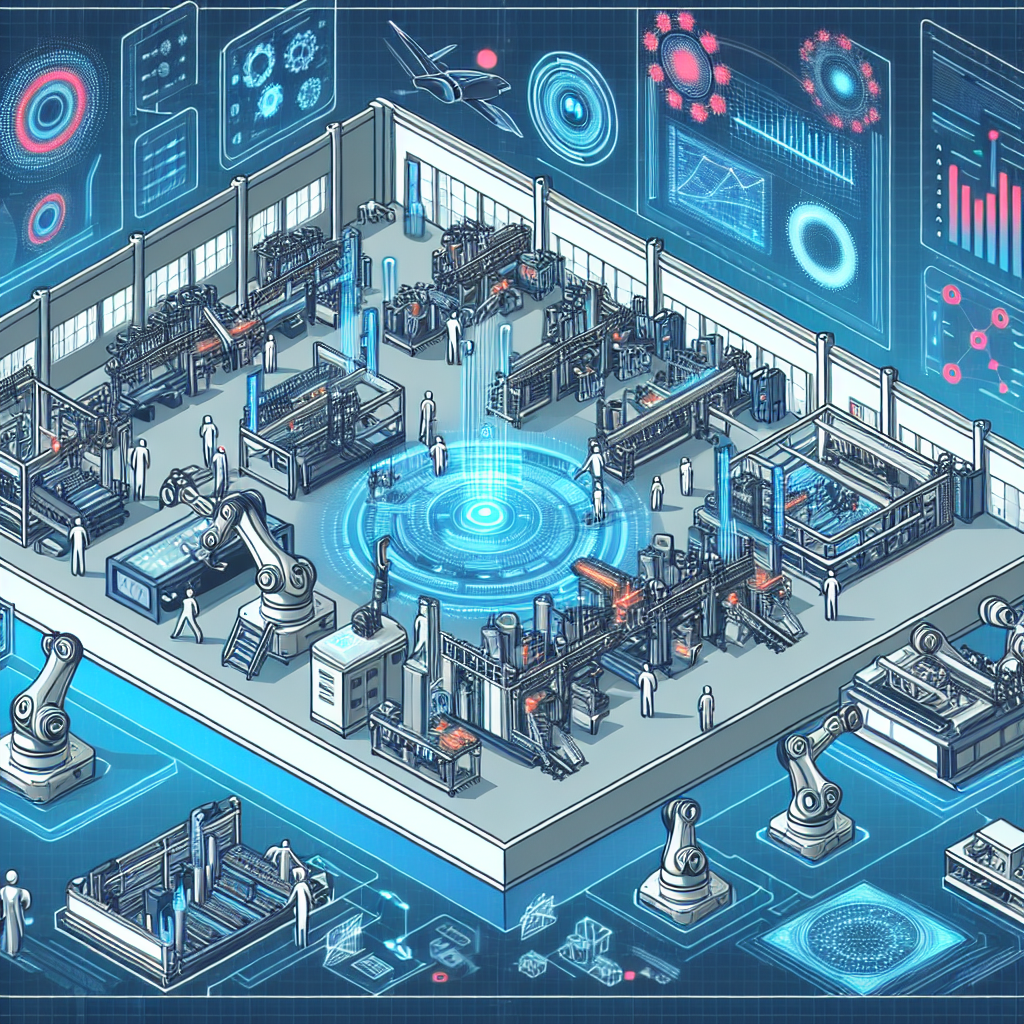In today’s fast-paced and competitive manufacturing environment, optimizing processes is key to staying ahead of the competition and maximizing efficiency. With the rise of artificial intelligence (AI) technology, manufacturers now have a powerful tool at their disposal to help streamline operations and improve productivity. AI-driven process optimization in manufacturing is revolutionizing the industry by providing real-time insights, predictive analytics, and automation capabilities that can drive significant cost savings and operational improvements.
AI-driven process optimization in manufacturing involves the use of advanced algorithms and machine learning techniques to analyze data and identify patterns that can help improve various aspects of the production process. By leveraging AI, manufacturers can make more informed decisions, reduce downtime, increase throughput, and enhance quality control.
One of the key benefits of AI-driven process optimization in manufacturing is the ability to predict and prevent equipment failures before they occur. By analyzing historical data and monitoring real-time sensor data, AI algorithms can identify patterns that indicate potential equipment failures. This allows manufacturers to proactively address issues before they escalate, reducing downtime and maintenance costs.
Another advantage of AI-driven process optimization is the ability to optimize production schedules and workflows. By analyzing data on production rates, inventory levels, and demand forecasts, AI algorithms can help manufacturers optimize production schedules to maximize throughput and minimize lead times. This can result in significant cost savings and improved customer satisfaction.
Furthermore, AI-driven process optimization can help manufacturers improve quality control by identifying defects and anomalies in real-time. By analyzing data from sensors and cameras, AI algorithms can detect deviations from quality standards and alert operators to take corrective action. This can help reduce scrap rates and rework, leading to higher product quality and customer satisfaction.
Overall, AI-driven process optimization in manufacturing offers a wide range of benefits, including improved efficiency, reduced costs, and enhanced quality control. By leveraging AI technology, manufacturers can stay competitive in today’s rapidly changing market and drive continuous improvement in their operations.
FAQs:
Q: How can AI-driven process optimization benefit my manufacturing operations?
A: AI-driven process optimization can benefit manufacturing operations by providing real-time insights, predictive analytics, and automation capabilities that can drive significant cost savings and operational improvements. By leveraging AI technology, manufacturers can optimize production schedules, detect equipment failures before they occur, and improve quality control.
Q: What types of data can AI algorithms analyze to optimize manufacturing processes?
A: AI algorithms can analyze a wide range of data sources, including sensor data, production rates, inventory levels, demand forecasts, and quality control data. By analyzing these data sources, AI algorithms can identify patterns and trends that can help manufacturers optimize their operations.
Q: How can I implement AI-driven process optimization in my manufacturing facility?
A: To implement AI-driven process optimization in your manufacturing facility, you will need to invest in AI technology, such as machine learning algorithms and data analytics tools. You will also need to collect and integrate data from various sources, such as sensors, cameras, and production systems. Finally, you will need to train your staff on how to use AI technology effectively to optimize your manufacturing processes.
Q: What are some challenges associated with implementing AI-driven process optimization in manufacturing?
A: Some challenges associated with implementing AI-driven process optimization in manufacturing include data integration issues, lack of expertise in AI technology, and resistance to change from employees. Overcoming these challenges requires a solid strategy, investment in training and development, and strong leadership support.

